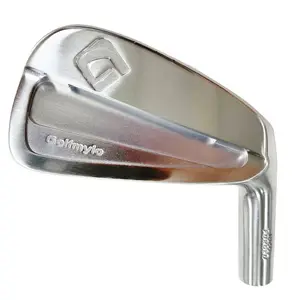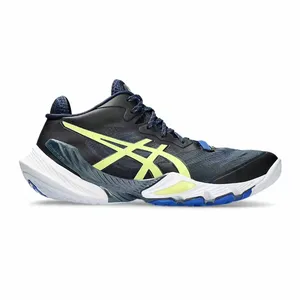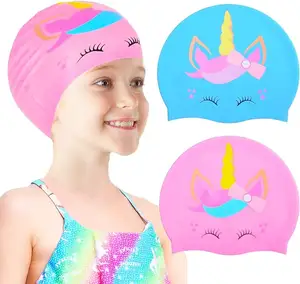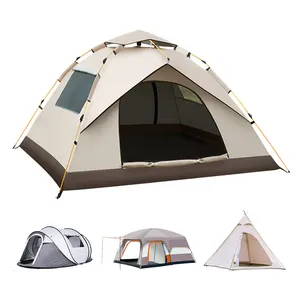






































































Related Searches:















































































































































Top categories
About 210d fishing twine
Exploring the Versatility of 210d Fishing Twine
The 210d fishing twine is a specialized product designed to meet the diverse needs of the fishing industry. This twine, known for its durability and strength, is a staple for commercial and recreational fishing enthusiasts alike. Its construction from materials such as polypropylene (pp), polyester, and polyethylene (pe) ensures a blend of flexibility and resilience.
Types and Applications of 210d Twine
Available in various configurations, the 210d twine serves multiple purposes. It is not only used in fishing nets but also finds applications in agriculture, packaging, and marine activities. The adaptability of this twine makes it suitable for an array of tasks, from securing cargo to crafting fishing gear.
Features of 210d Polyethylene Twine
The 210d polyethylene twine stands out for its eco-friendly nature, boasting features such as high strength and tenacity. These characteristics are essential in environments where the twine is subjected to harsh conditions and heavy loads. The twine's resistance to abrasion and UV damage further enhances its utility in outdoor settings.
Material Advantages in 210d Polyester Twine
When it comes to the 210d polyester twine, users benefit from its exceptional durability. Polyester, as a material, resists stretching and shrinking, maintaining its integrity over time. This makes it an excellent choice for applications that require a stable and robust twine.
Environmental and Functional Benefits
The 210d pp twine is recognized for its environmental benefits, being recyclable and lessening the ecological footprint. Additionally, its functional advantages include ease of handling and knotting, which is crucial for efficient use in various industries.
Choosing the Right 210d Fishing Twine
Selecting the appropriate 210d fishing twine depends on the specific requirements of the task at hand. Factors such as the type of water body, the weight of the catch, and exposure to elements play a significant role in determining the most suitable twine.


































